For every known case of coronavirus, another five to 10 cases are out there undetected, a new study suggests. “It is crucial to implement wide-scale testing,” said Dr. Elizabeth Halloran, a professor of biostatistics at the University of Washington and a senior researcher at the Fred Hutchinson Cancer Research Center. “And it’s important to develop inexpensive tests so people can get tested whenever they need to be.”
In the News
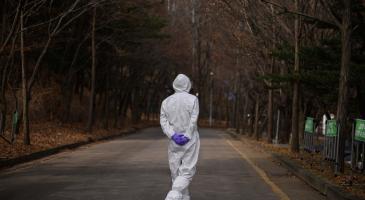
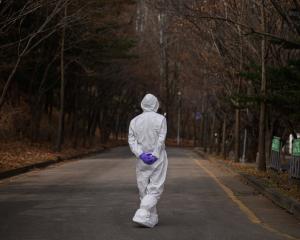
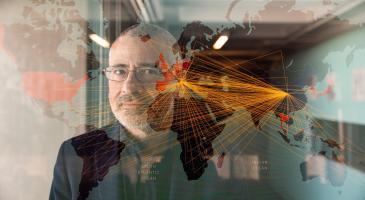
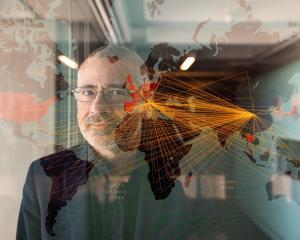
To slow the virus, Alessandro Vespignani and other analysts are racing to model the behavior of its human host. “Today, with the enormous computing power available on the cloud, Dr. Vespignani and other colleagues can model the entire world using” publicly available data, said Dr. Elizabeth Halloran, a professor of biostatistics at the University of Washington and a senior researcher at the Fred Hutchinson Cancer Research Center. “On the one hand, there is the rise of network science, and on the other, there is the enormous rise in computing power.”
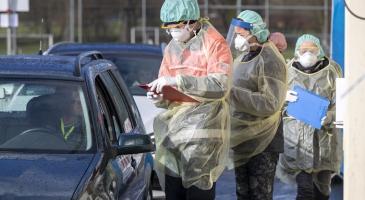

Dr. Elizabeth Halloran, UW professor of biostatistics, is quoted in this article about German Chancellor Angela Merkel laying out cold, hard facts on the coronavirus. “People in my field have been saying for well over a month that 30 to 60 percent of the world’s population will get infected,” said Halloran.


Professor of Biostatistics Elizabeth Halloran is among the Fred Hutch researchers connected to COVID-19. She is working with the World Health Organization on the design of future large-scale trials of coronavirus vaccines.
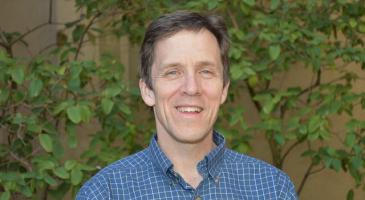
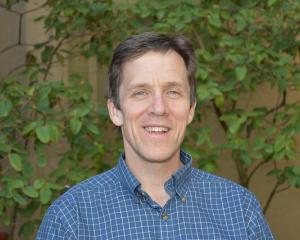
Charles “Chuck” Spiekerman (PhD ’95), UW Biostatistics research scientist whose primary appointment was in the School of Dentistry, is remembered for his research impact and love of the outdoors.
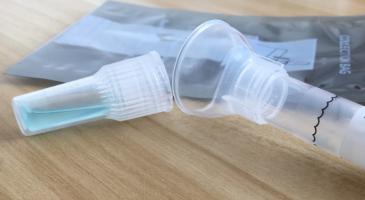
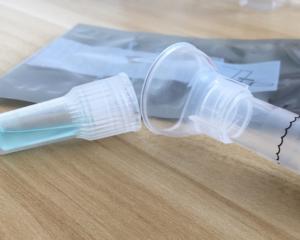
Researchers found several vulnerabilities in the DNA databases of the companies GEDmatch, MyHertiage, FamilyTreeDNA, and Living DNA that could leave users’ personal genetic data at risk of being hacked. The take-home message for consumers, says UW Research Professor Sharon Browning, is that “if they care about their DNA’s privacy, then they shouldn’t upload [their DNA] to these databases.”
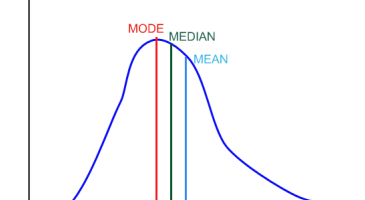
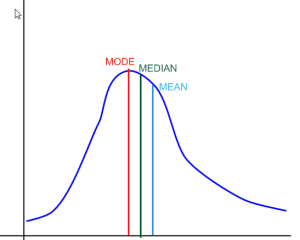
UW Biostatistics faculty members Peter Gilbert and Ruth Etzioni and UW Biostat graduate Mary Redman (PhD ’04) are top statisticians at the Fred Hutchinson Cancer Research Center. They talk about the statistics they often seen misinterpreted by the public and misreported in science news stories, which can spread misunderstandings far and wide.


To cut your risk of catching a respiratory illness on your next flight, experts offer two pieces of common-sense advice: Wash your hands frequently and keep a distance from people who are sick. UW Biostatistics graduate Vicki Hertzberg (PhD, ’80), now a biostatistician at Emory University, talks about the study on flights and disease transmission she co-led with scientists at Boeing.